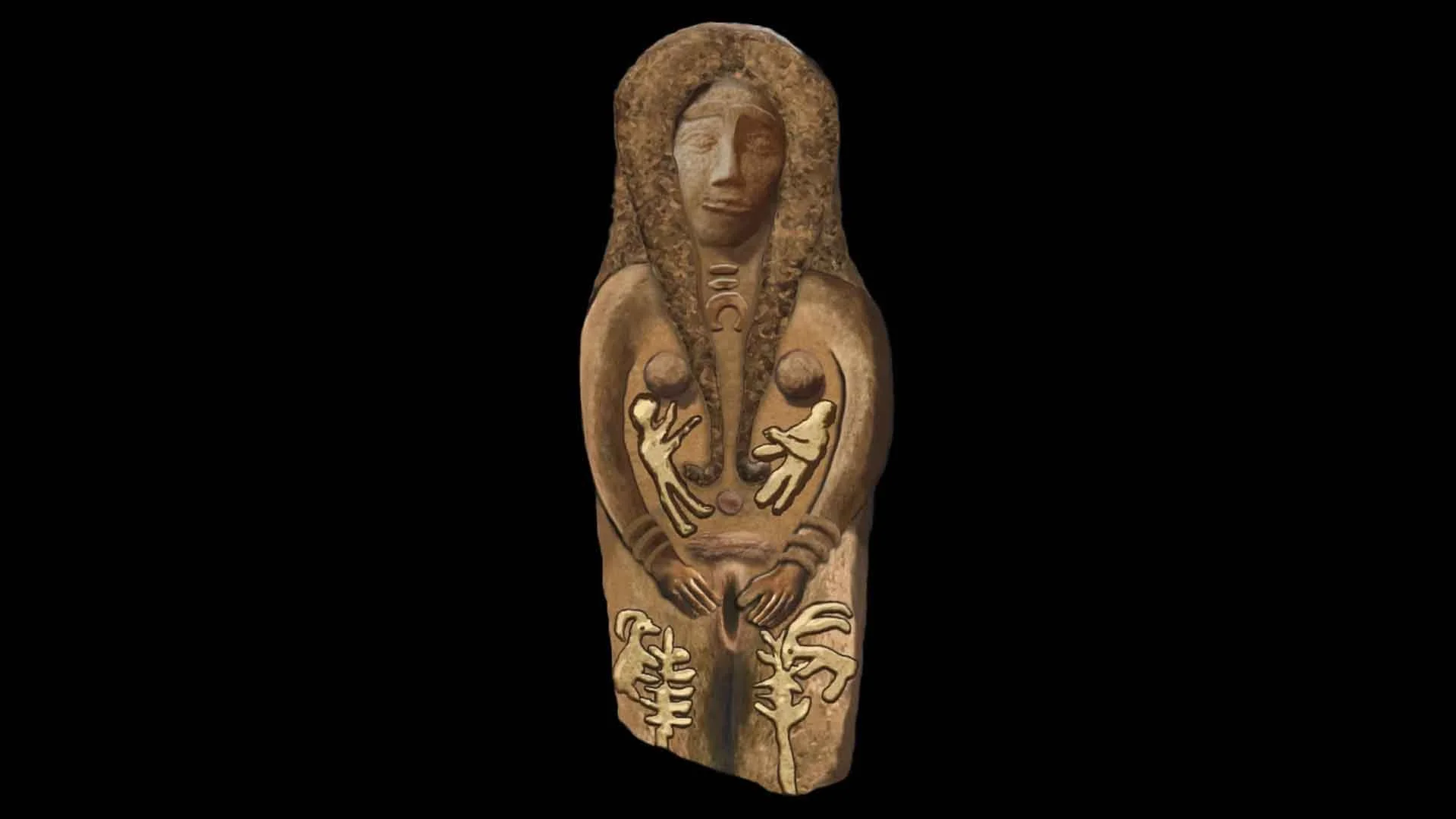For the source text click/tap here: Avodah Zarah 45
To download, click/tap here: PDF
The Mishna teaches that hills that are worshipped do not become forbidden to Jews, although what is on those hills may become forbidden. The passage that is the source for this prohibition appears in Sefer Devarim (7:25) where the Torah forbids the gold and silver that are on them, but the ground itself cannot become forbidden.
One exception mentioned by the Mishna is the Ashera tree, which, although it is part-and-parcel of the land, nevertheless has been fashioned, in a sense, by human activity, since it was planted.
The basic halakhic question involves trees that were planted naturally but later used for idolatrous worship. The Talmud establishes three categories: "There are three laws of Asherot forbidden due to idolatry... If a tree was originally planned to be worshiped, it is forbidden; If one cut it, leaving the stump or the branches in order to worship the new growth, if the new growth is removed, the tree is permitted"
R. Akiva's approach, however, transcends these narrow categories. His insistence that certain geographical configurations inherently signal idolatrous activity suggests a worldview in which natural phenomena participate in cosmic patterns of meaning.
We explore the history of Ashera worship and also what might be called "controlled re-enchantment"—acknowledging symbolic power in creation while maintaining monotheistic boundaries.

